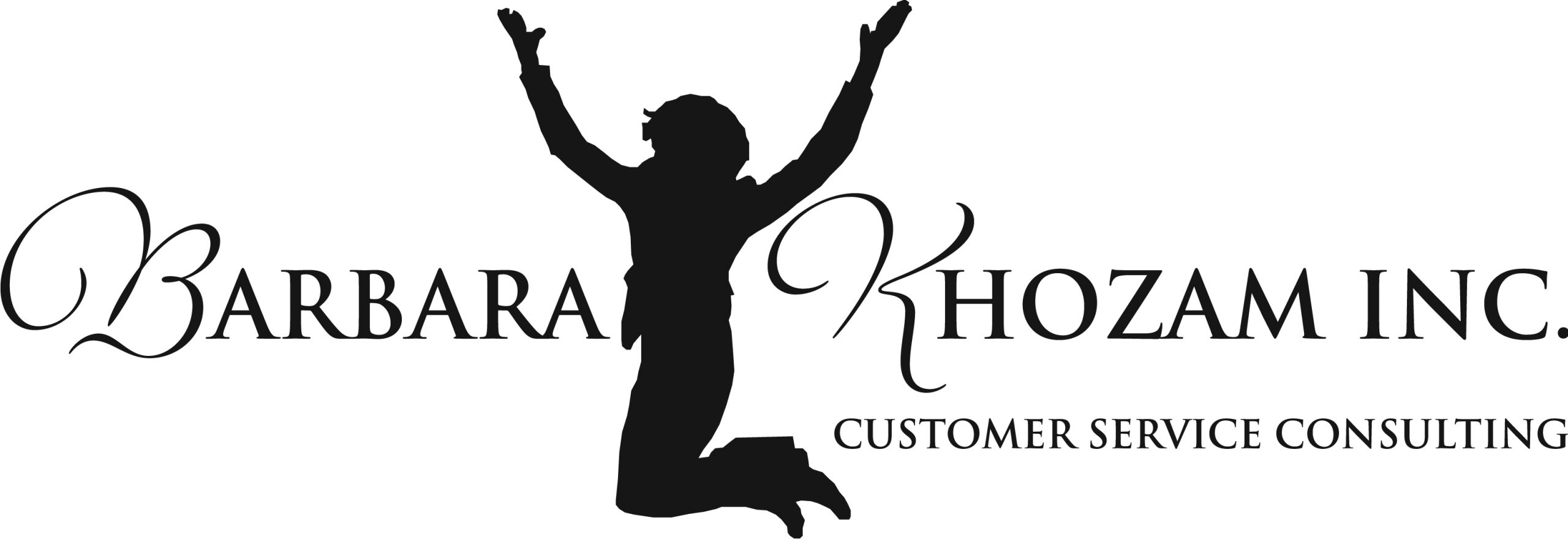In customer service, we work in a complicated world. We are, more than ever, needing to navigate the delivery of customer satisfaction cautiously but professionally. There was a time when caveat emptor was the way of doing business, “let the buyer beware.” This put the onus of responsibility on customers during a time of shady business practices, especially in advertising. We then entered the phase of the adage that the customer is always right. Over time, that eventually morphed to mean that customers are special and not necessarily always right in every situation. But with the rise of social media, and its subsequent weaponization, exceptional customer service has indeed become a difficult proposition. One bad review can sink our business for a long time. A colleague relayed the following customer service story about his friend’s verbal abuse of a Grubhhub driver.
Real World Story: “Food delivery services, like DoorDash, Grubhub, UberEats, or whichever service you use, have become ubiquitous. And with a multi-party system—the food app, the restaurant, the driver, and the customer who is doing the ordering, usually with food substitutions because of dietary restrictions due to likes, lifestyle, or allergies—anything can and will go wrong.
“I was out visiting a friend of mine. He’s what you would call a high-maintenance kinda guy. During our visit, we decided to order Thai food from a local restaurant through Grubhub. We looked over the menu and put in our order—with all our food substitutions for those of us who are vegetarian, vegan, allergic to nuts, hate onions, on a diet, or …
“The app indicated that our food order would arrive within 40 minutes, which it did. But one entree was missing and another had onions, which it was not supposed to have. My high-maintenance friend—a real Richard Cranium at this point—went on a rampage on his phone with the poor unsuspecting delivery driver.
“It is your responsibility to make sure orders are correct and complete,” my friend shouted. “This is your job, your only job. You need to go back to the restaurant and get my order right. And you better come back and drop off my food. If you don’t, I’m going to contact your supervisor and let them know that you screwed up my order. I’m also not going to tip you and will leave you a bad review,” he concluded his tirade.
“The driver kept apologizing and stating that she didn’t know anything was missing. You could also tell in her voice that she was near tears that my friend was threatening to report her. She just kept apologizing and said she would contact the restaurant to see what she could do.
“I felt bad for the food delivery lady because it really wasn’t her fault that the order was not right. Out of curiosity, I did a bit of research to see if maybe she could have handled the situation better to enlighten my high-maintenance friend about the food ordering aspects that she can control and those aspects that she cannot.”
Strategies that Turn it Around:
- Know your responsibilities. In California, you must be licensed as a food handler in order to handle food. That is why bags containing food are stapled shut by restaurants when food goes out for delivery. Drivers are not food handlers, so by law, they shouldn’t be opening bags to confirm whether or not an order is correct. The delivery lady should have informed my friend about this. “I’m sorry, but I am not allowed by California law to open your bags of food to see if anything is missing from your order. It’s a food spoilage issue.”
- Communicate effectively: It’s not enough to simply keep saying that you are sorry. Be specific. “I am sorry that your order was not correct and complete. Please let me contact the restaurant and get them to correct the problem. I will contact you as soon as I am on my way back to you.”
- Remain professional: Yes, some customers will drive you to tears, but it’s not very professional to cry. Understand that customers get upset not over the actual infraction but because they feel disrespected and not heard—they do not feel special. So, remember that it’s not personal when a customer gets upset.
Remember: Customers may not always be right, but they do want to feel special. They want to feel heard and seen. As customer service professionals—and that includes anyone and everyone involved in any type of business in any role—we must know what our responsibilities are and how to educate customers about the tasks we control. Not only can we defend ourselves effectively, but we can also provide the best possible customer service in doing so.
How does your organization ensure great customer service in the age of weaponized social media?

